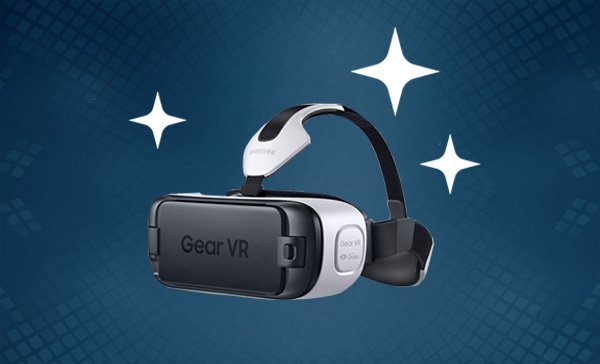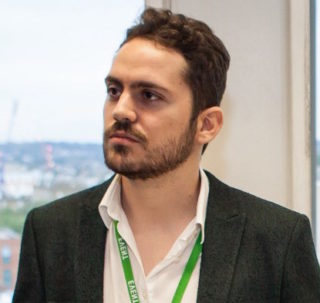Nostalgia is a powerful purchasing incentive, especially among gamers. There are many ways to resurrect an older game IP from the reboot (starting over) to the remaster (updating graphics), but another trend has emerged—continuing a game where the developers left off. Here are three games being resurrected soon, much to the surprise and delight of their loyal fans.
Red Dead Redemption 2
More than six years after Red Dead Redemption, Rockstar Games announced a sequel coming to consoles this year. Not only did the announcement garner positive attention from the series’ fans, but investors as well—the stock price of its distributor Take-Two Interactive rose nearly six percent following the game’s announcement.
Macquarie Securities analyst Ben Schachter projects the game will sell 12 million copies during Take-Two Interactive’s second fiscal quarter in 2017, which runs from July through September.
“In its first hour, the announcement received 54,000 likes and 61,000 retweets on Twitter, 152,000 likes and 52,000 comments on Facebook, and 65,000 likes on Instagram,” Schachter said in a note to investors. “We think this demonstrates significant pent-up demand and interest for the sequel.”
Psychonauts 2
How much would you pay to get a sequel for your favorite game? Fans paid over $3.8 million to fund Psychonauts 2, the sequel to Double Fine Production’s first release, and another $8 million was invested by Starbreeze Studios, who will aid with distribution.
Despite critical acclaim and over a dozen awards, Psychonauts was a financial flop—selling around 400,000 copies between its launch in 2005 and 2012, when Double Fine acquired the publishing rights. As of 2015, Psychonauts sold nearly 1.7 million copies, with more than 1.2 million occurring after Double Fine’s acquisition.
For years, fans had asked Double Fine founder and CEO, Tim Schafer if they would ever make a sequel. Although he wanted to, the cost of development was too high without investment from a publisher. Thanks to a successful crowd-funding campaign on Fig, resurrecting Psychonauts over a decade later has breathed new life into the franchise and involved fans in a unique way. Psychonauts 2 is scheduled for release in 2018.
Sonic Mania
There have been many Sonic the Hedgehog games over the years, but Sega is returning to its 2D roots this year with Sonic Mania—a game that some are calling “sequel they wanted 20 years ago.” The game is a sprite-based side-scrolling platformer game in the style of its original predecessors. Despite being an original game (as opposed to a remake), Sonic Mania oozes nostalgia, which has fans really excited. The game looks and plays like a long-lost sequel that has just now been released a decade later.
In a statement, Sonic Team head Takashi Iizuka described Sonic Mania as a “passion project” that “was born out of our fans’ love of the classic Sonic 2D platform games.”
Sonic Mania is launching this summer for Nintendo Switch, Xbox One and PS4.
Continuations of beloved video game franchises not only soothe the pangs of unfinished business but encourage newcomers to play/replay the original titles.
In his essay, Public Memory and Gamer Identity: Retrogaming as Nostalgia, Dr. David S. Heineman wrote, “The marketing of retro games functions to create profit for companies whose older games remain popular. This alone, though, does not account for the kinds of reactions to these games that take place in retro gaming communities. Rather, the discourses of retro gaming suggest that the most salient function of this official memory is its capacity to (re)construct the identity of retro gamers.”
Good news, gamers, you can go home again.
 As a media strategist, the earth shook. For years, digital and broadcast media strategists have tried to get a grasp of emerging OTT and connected TV technologies. We’ve assumed a valiant test-and-learn attitude as we’ve encountered issues with scale, nascent technology, data limitations, walled gardens and brand safety. Now, YouTube TV appears to provide the most coherent platform for applying consumer data to target audiences in a TV-like or actual TV environment.
As a media strategist, the earth shook. For years, digital and broadcast media strategists have tried to get a grasp of emerging OTT and connected TV technologies. We’ve assumed a valiant test-and-learn attitude as we’ve encountered issues with scale, nascent technology, data limitations, walled gardens and brand safety. Now, YouTube TV appears to provide the most coherent platform for applying consumer data to target audiences in a TV-like or actual TV environment.


